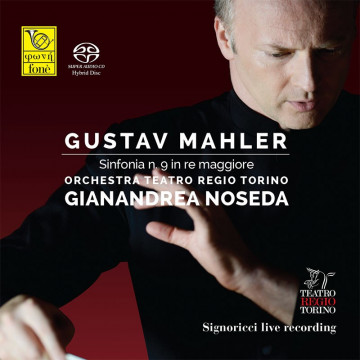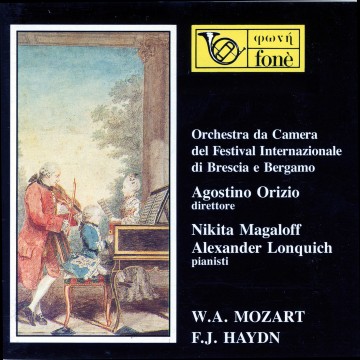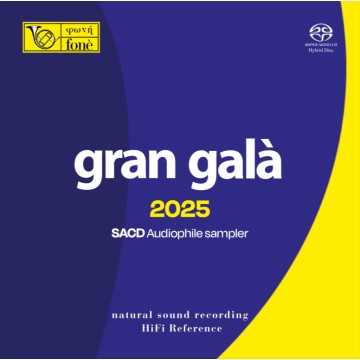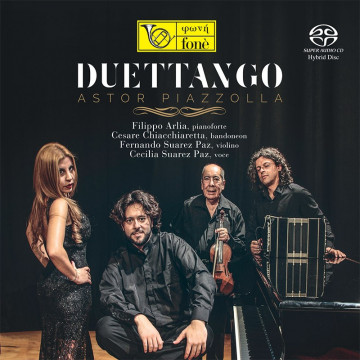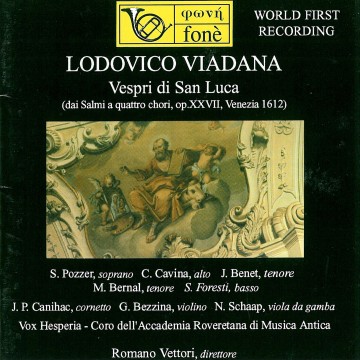NIKITA MAGALOFF - piano - SCHUBERT (High Resolution Audio)
NIKITA MAGALOFF - piano - SCHUBERT (High Resolution Audio)
FRANZ SCHUBERT (1797-1828)
Sonata in si bemolle maggiore D. 960
1. Molto moderato
2. Andante sostenuto
3. Scherzo. Allegro vivace con delicatezza
4. Allegro, ma non troppo
FRANZ SCHUBERT (1797-1828)
5. Improvviso in mi bemolle maggiore op. 90 n. 2
Registrato il 23 maggio 1986 al Teatro Donizetti, Bergamo; configurazione bi-microfonica ad effetto di campo (Studio Fonè).
Recording engineer: Giulio Cesare Ricci.
Direttore di produzione: Giulio Cesare Ricci
NIKITA MAGALOFF pianoforte
Born in Petersburg in 1912, Nikita Magaloff began his studies in Finland (where his family had taken shelter after the 1917 revolution) guided by Alessandro Siloti, Liszt’s pupil and Rachmaninoff’s cousin and teacher. Afterwards he studied in Paris, under the guidance of Isidor Philipp. When he was 17, he obtained his diploma and was awarded the first prize. On this occasion, Maurice Ravel said about him «A great musician is born, a really extraordinary one». He achieved his first international success playing with Joseph Szigeti, the famous violinist. After the war he was one of the first musicians who played in Paris and, after 1947, in USA. Among the countless outstanding events of his career may be mentioned the first performance of Prokofiev’s «VII Sonata», that of Strawinsky’s «Capriccio» under the direction of the composer, «tournées» in Europe, USA, Japan and Israel. He has been often and regularly present among the judges of the most important international competitions (Leeds, Warsaw, Bruxelles, Lucerne) always alert to the eventual discovery of talented persons among the young generations.
Franz Schubert (1797-1828)
La Sonata in B flat, D. 960 is the last and, without doubt, the most important of Schubert's three post-humous sonatas. The surviving manuscript provides the exact date of the completion of the Sonata, September 26th, 1828. Less than two months later, on November 19th, Schubert was to conclude his brief days on earth. He intended to dedicate these last works to the celebrated virtuoso, J.N. Hummel. However, ten years later, when the Sonatas finally came to light, Hummel had also passed on to a better life. So Diabelli, at his own initiative, dedicated them to Schumann who, to his credit, had always believed in Schubert's genius and had followed the fortunes of his work (it was in fact Schumann to discover the manuscript of Schubert'sSymphony in C major). This Sonata blends the beauty of the thematic material with an astonishing agility of form. The first movement, with its solemn opening, is one of Schubert's most spacious and serene and is lacking in those strong contrasts which usually characterize a first movement. On this subject, it is worth noting that Schubert, even in his greatest moments, uses a less varied style of writing than Beethoven, and even his interest in sonata form is stimulated by a minor "intellectual curiosity". Yet even so, Schubert accomplishes an equal originality. In this first movement, for example, he achieves fascinating results, presenting the theme above a harmonic base, different every time, using tonal and expressive highlighting to great effect. This device does not greatly enhance the compactness of the work, but one must bear in mind that it is this very characteristic, that of directing the attention towards a beautiful detail rather than an overall regard for the formal structure, that is a typical mark of romanticism. After the expansive and loquacious movement Molto moderato, punctuated by rests and trills which are reminiscent of distant drum rolls, in the bass part, the following Andante sostenuto unfurls its intense lyricism into an expanded and solemn version of the lied "Ständchen" (Serenade) written some months previously. It is worth noting the affinity of the motif which appears in the central section, to the opening theme of the Sonata (Radcliffe) and, in the first and third sections, the use of the resonant pedal and the crossing-over of hands which allow for the simultaneous playing of different timbres and registers: a technique whose abundant consequences were to reach even the impressionists (Rattalino). Yet another derivation of the thematic material of the first movement is to be found in the third, Allegro vivace con delicatezza which is made up of a Scherzo of rapid and delicate dance rhythms and a more compact Trio which has the physionomy of a delightful "exercise"in sincopated steps. The Finale is a lively Rondo in which the vigorous flow of the music is periodically interrupted by a single note, a sustained G which has a kind of braking effect on the principal theme. Contrasting interpolations are achieved through lyrical interludes and faster, forte passages in the higher range of the instrument. A lively Prestoconcludes this highly original and final Schubertian creation that, in spite of the musical quality of the material with which it is moulded, has, at times, provoked reservations and incomprehension.
Anna Bergonzelli
English translation : Nicola Swallow

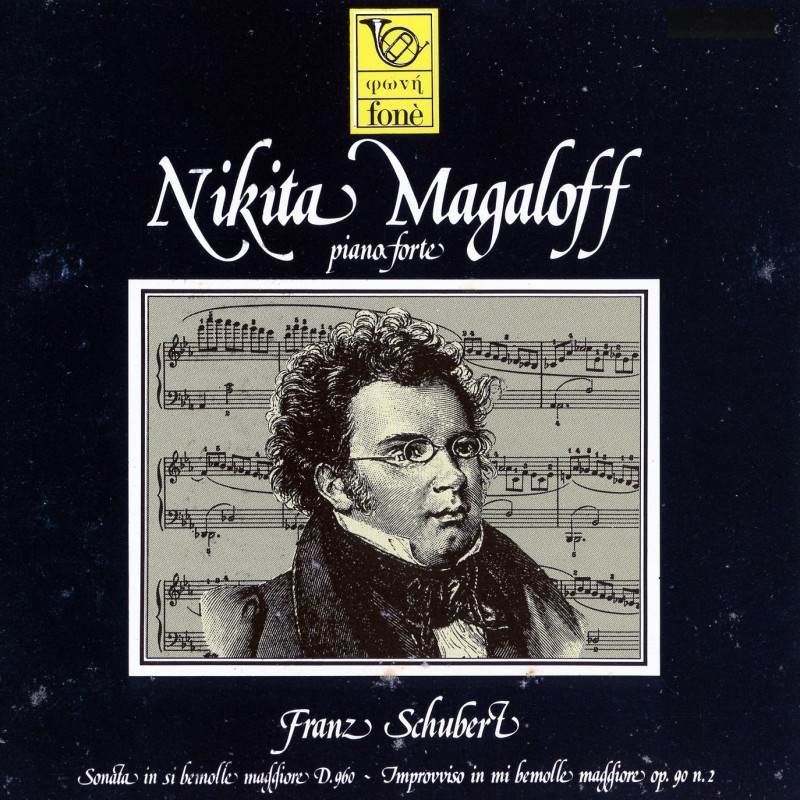

 Hd Tracks
Hd Tracks



